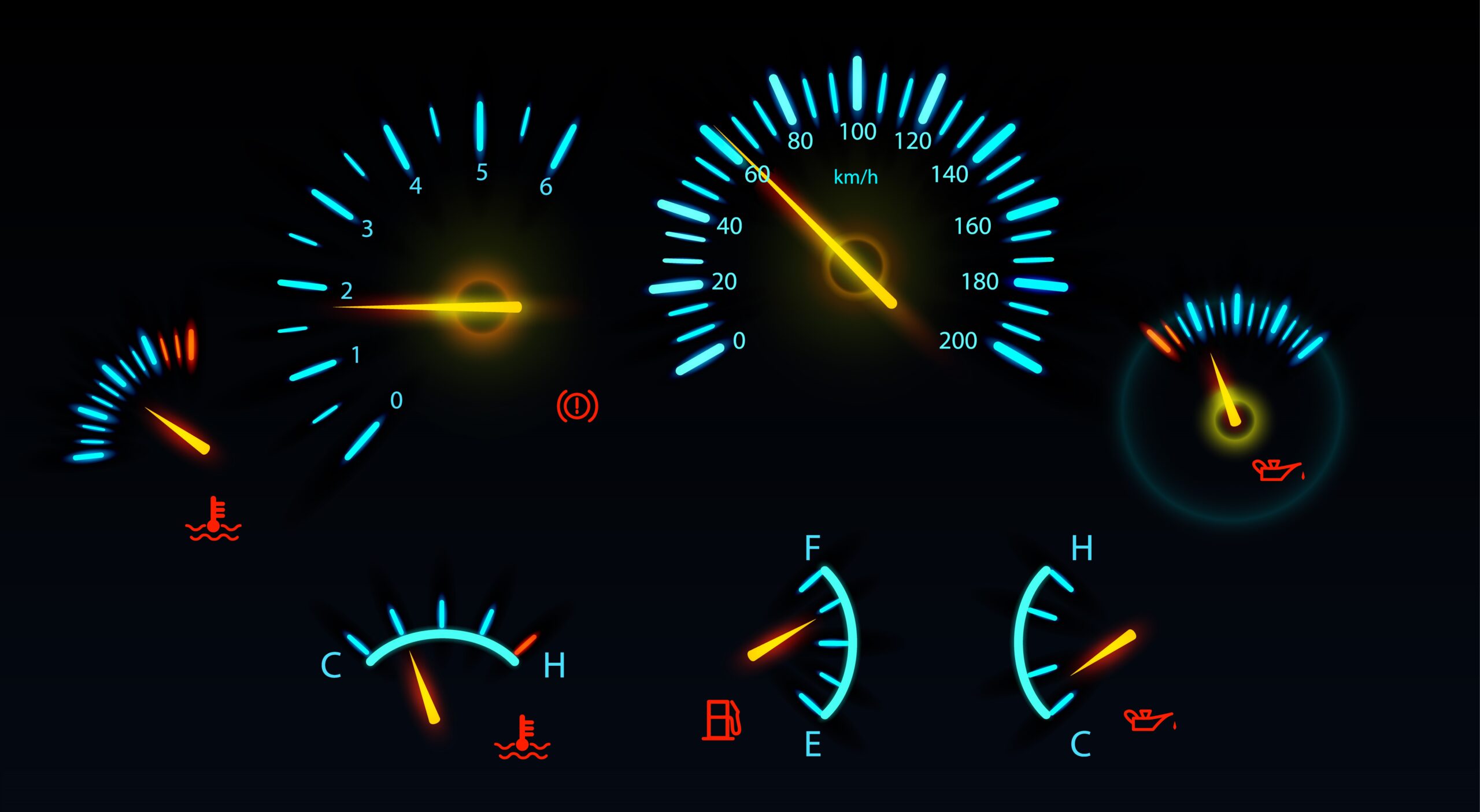The oil pressure warning light is a crucial indicator on your vehicle’s dashboard that should never be ignored. It serves as a signal that there is an issue with the oil pressure in your engine, which is a vital component for proper lubrication and protection against wear and tear. In this article, we will discuss what you need to know about oil pressure warning lights, their potential causes, and the necessary steps to address the issue.
Understanding the Oil Pressure System: The oil pressure system in your vehicle is responsible for circulating engine oil to lubricate various components, such as bearings, pistons, and camshafts. This lubrication reduces friction and heat, preventing damage and ensuring optimal performance. The oil pressure is maintained by the oil pump, which pushes oil through the engine’s passages and channels. The oil pressure sensor, located in the engine, monitors the oil pressure and triggers the warning light if it falls below a certain level.
Causes of Low Oil Pressure:
- Insufficient Oil Level: One of the most common reasons for low oil pressure is an insufficient amount of oil in the engine. It can be due to a leak, consumption over time, or neglecting regular oil changes. Checking the oil level using the dipstick and adding oil if necessary is the first step in addressing this issue.
- Oil Pump Problems: The oil pump is responsible for maintaining proper oil pressure. If the pump becomes worn out or malfunctions, it can result in low oil pressure. A faulty oil pump may need to be replaced to restore proper oil circulation.
- Oil Filter Clog: Over time, the oil filter can become clogged with dirt, debris, and sludge, impeding the flow of oil. This can lead to decreased oil pressure. Regularly replacing the oil filter during oil changes is essential to prevent this issue.
- Engine Wear or Damage: Excessive engine wear, damaged bearings, or worn-out piston rings can cause oil pressure to drop. These conditions may require more extensive repairs, such as an engine overhaul or component replacement.
- Oil Viscosity Issues: Using the wrong type of oil or oil with an incorrect viscosity rating can affect oil pressure. It is important to use the oil recommended by the vehicle manufacturer to ensure proper lubrication and oil pressure.
Responding to the Oil Pressure Warning Light: If the oil pressure warning light comes on while driving, it is crucial to take immediate action to prevent engine damage. Here are the steps to follow:
- Pull over and turn off the engine as soon as it is safe to do so. Continuing to drive with low oil pressure can cause severe engine damage.
- Check the oil level using the dipstick. If it is low, add oil to bring it to the recommended level. Remember to use the correct oil type for your vehicle.
- Inspect for oil leaks under the vehicle. If you notice a significant oil leak, it is advisable to have your vehicle towed to a professional for further inspection and repairs.
- If the oil level is sufficient and no leaks are present, do not attempt to drive the vehicle. Contact a qualified mechanic or roadside assistance service to have your vehicle towed to a trusted repair facility.
- Avoid attempting any repairs yourself unless you have the necessary knowledge and experience. Oil pressure issues can be complex and require professional attention.
Prevention and Maintenance: Regular maintenance is key to preventing oil pressure warning light issues. Here are some preventive measures:
- Follow the manufacturer’s recommended oil change intervals and use the recommended oil type and viscosity.
- Check the oil level regularly using the dipstick and top it up as needed.
- Replace the oil filter during each oil change to ensure proper oil flow.
- Address any signs of oil leaks promptly.
- Pay attention to other signs of low oil pressure, such as engine knocking or tapping noises, excessive oil consumption, or fluctuating oil pressure gauge readings.
The oil pressure warning light is a critical indicator that demands immediate attention. Ignoring it can lead to severe engine damage and costly repairs. Understanding the causes of low oil pressure and taking prompt action when the warning light comes on are essential to safeguarding the health and performance of your vehicle’s engine. Regular maintenance and adherence to manufacturer guidelines will contribute to a reliable and well-functioning oil pressure system.











